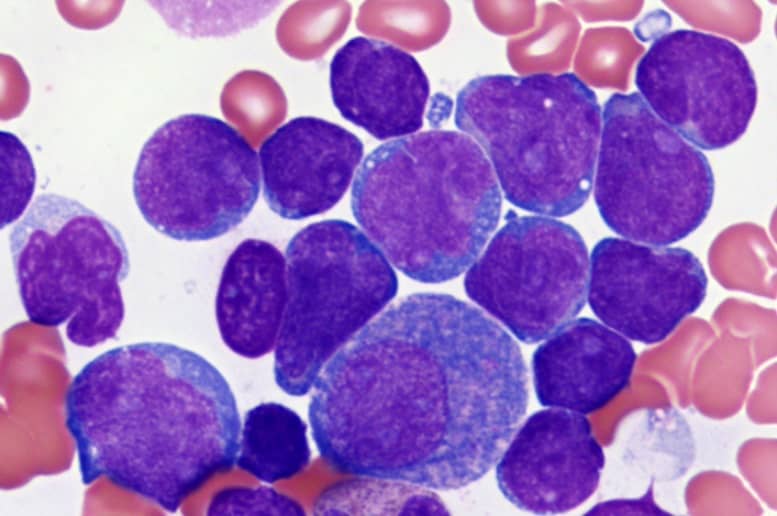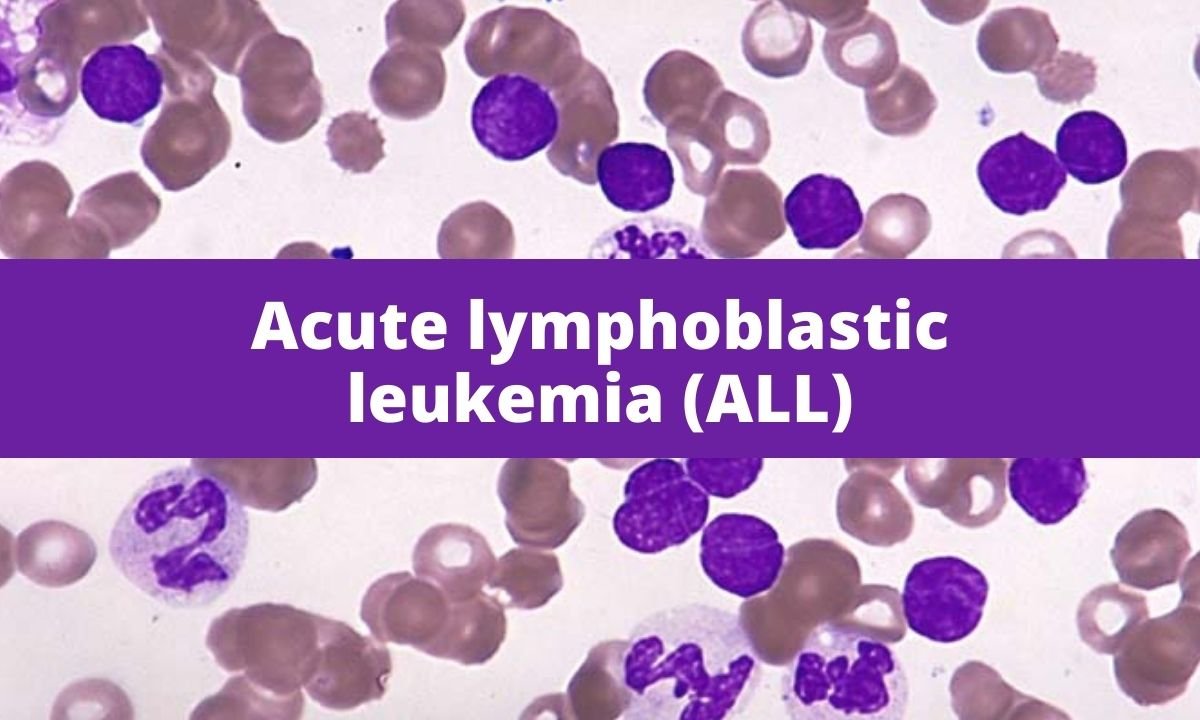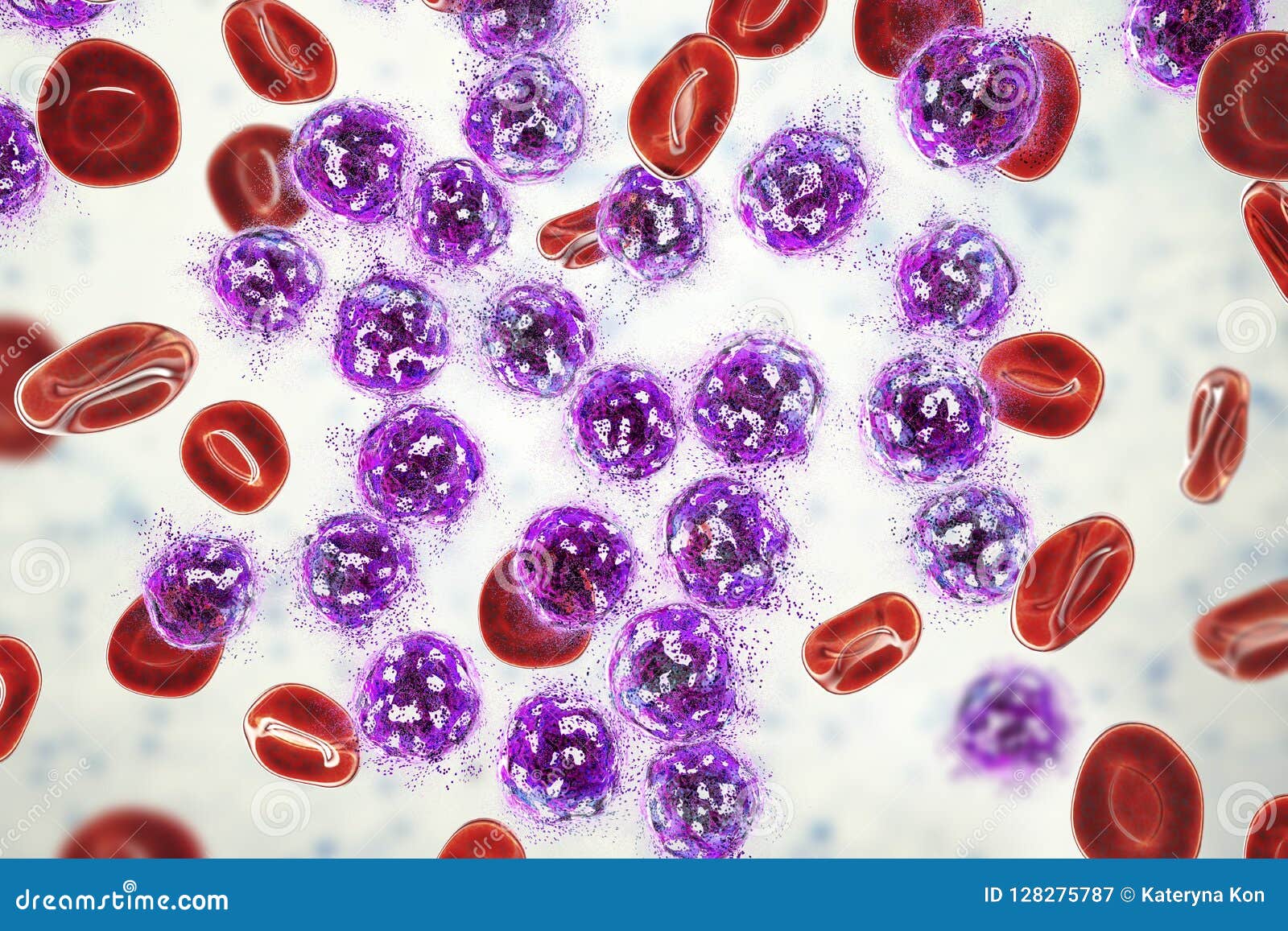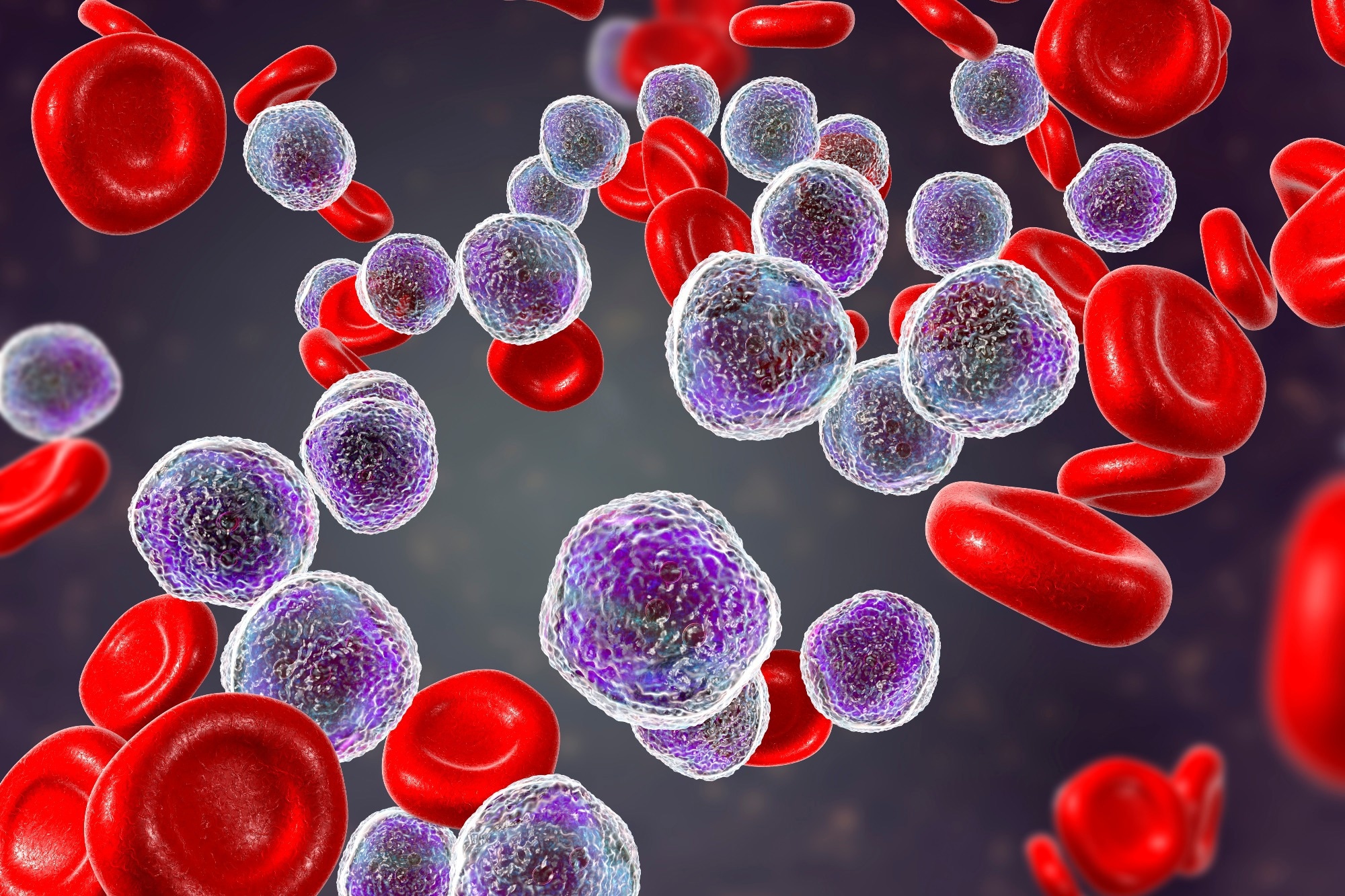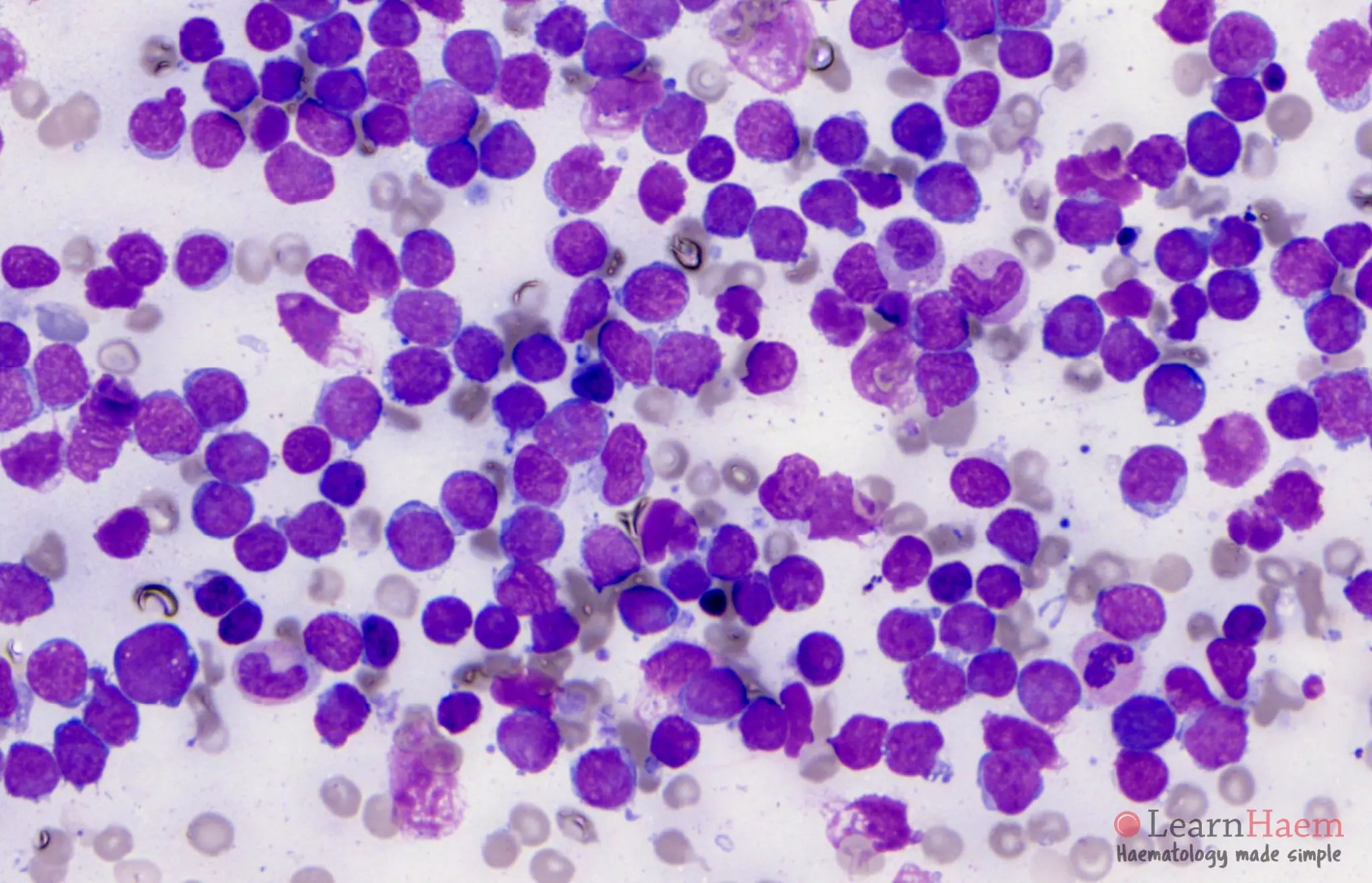Acute Lymphoblastic Leukemia
Acute Lymphoblastic Leukemia - Acute lymphoblastic leukemia (all) is a cancer of the lymphoid line of blood cells characterized by the development of large numbers of immature lymphocytes. Acute lymphoblastic leukemia (acute lymphocytic leukemia, all) is a rare blood cancer that affects a type of white blood cell called lymphocytes. All may affect anyone at any age, but children. Acute lymphocytic leukemia is the most common type of cancer in children, and treatments result in a good. Acute lymphocytic leukemia is also known as acute lymphoblastic leukemia. Acute lymphocytic leukemia (all) is also called acute lymphoblastic leukemia. “acute” means that the leukemia can progress quickly, and if not treated, would probably be fatal within a few months. [1] symptoms may include feeling. Acute lymphocytic leukemia (all) is a malignancy of b or t lymphoblasts characterized by uncontrolled proliferation of abnormal, immature lymphocytes and their progenitors, which.
Acute lymphoblastic leukemia (all) is a cancer of the lymphoid line of blood cells characterized by the development of large numbers of immature lymphocytes. “acute” means that the leukemia can progress quickly, and if not treated, would probably be fatal within a few months. Acute lymphocytic leukemia (all) is a malignancy of b or t lymphoblasts characterized by uncontrolled proliferation of abnormal, immature lymphocytes and their progenitors, which. All may affect anyone at any age, but children. Acute lymphocytic leukemia is also known as acute lymphoblastic leukemia. Acute lymphocytic leukemia is the most common type of cancer in children, and treatments result in a good. [1] symptoms may include feeling. Acute lymphoblastic leukemia (acute lymphocytic leukemia, all) is a rare blood cancer that affects a type of white blood cell called lymphocytes. Acute lymphocytic leukemia (all) is also called acute lymphoblastic leukemia.
Acute lymphoblastic leukemia (all) is a cancer of the lymphoid line of blood cells characterized by the development of large numbers of immature lymphocytes. Acute lymphocytic leukemia (all) is a malignancy of b or t lymphoblasts characterized by uncontrolled proliferation of abnormal, immature lymphocytes and their progenitors, which. Acute lymphocytic leukemia (all) is also called acute lymphoblastic leukemia. “acute” means that the leukemia can progress quickly, and if not treated, would probably be fatal within a few months. Acute lymphocytic leukemia is the most common type of cancer in children, and treatments result in a good. [1] symptoms may include feeling. All may affect anyone at any age, but children. Acute lymphocytic leukemia is also known as acute lymphoblastic leukemia. Acute lymphoblastic leukemia (acute lymphocytic leukemia, all) is a rare blood cancer that affects a type of white blood cell called lymphocytes.
Acute Lymphoblastic Leukemia In Adults Survival Rate CancerOz
Acute lymphoblastic leukemia (all) is a cancer of the lymphoid line of blood cells characterized by the development of large numbers of immature lymphocytes. Acute lymphocytic leukemia (all) is also called acute lymphoblastic leukemia. Acute lymphoblastic leukemia (acute lymphocytic leukemia, all) is a rare blood cancer that affects a type of white blood cell called lymphocytes. All may affect anyone.
Acute lymphoblastic leukemia (ALL) Medical Junction
Acute lymphocytic leukemia is the most common type of cancer in children, and treatments result in a good. “acute” means that the leukemia can progress quickly, and if not treated, would probably be fatal within a few months. Acute lymphocytic leukemia (all) is also called acute lymphoblastic leukemia. All may affect anyone at any age, but children. Acute lymphoblastic leukemia.
Acute Lymphoblastic Leukemia Patients With HalfMatched Donors See
“acute” means that the leukemia can progress quickly, and if not treated, would probably be fatal within a few months. Acute lymphoblastic leukemia (acute lymphocytic leukemia, all) is a rare blood cancer that affects a type of white blood cell called lymphocytes. Acute lymphocytic leukemia is also known as acute lymphoblastic leukemia. Acute lymphocytic leukemia is the most common type.
Treatment of Acute Lymphoblastic Leukemia Stock Illustration
Acute lymphoblastic leukemia (all) is a cancer of the lymphoid line of blood cells characterized by the development of large numbers of immature lymphocytes. Acute lymphocytic leukemia is also known as acute lymphoblastic leukemia. “acute” means that the leukemia can progress quickly, and if not treated, would probably be fatal within a few months. Acute lymphocytic leukemia is the most.
What is the association between acute lymphoblastic leukemia and
Acute lymphoblastic leukemia (all) is a cancer of the lymphoid line of blood cells characterized by the development of large numbers of immature lymphocytes. Acute lymphocytic leukemia is the most common type of cancer in children, and treatments result in a good. [1] symptoms may include feeling. Acute lymphocytic leukemia (all) is also called acute lymphoblastic leukemia. All may affect.
Medical Pictures Info Acute Lymphoblastic Leukemia
Acute lymphocytic leukemia is the most common type of cancer in children, and treatments result in a good. Acute lymphocytic leukemia (all) is a malignancy of b or t lymphoblasts characterized by uncontrolled proliferation of abnormal, immature lymphocytes and their progenitors, which. Acute lymphoblastic leukemia (acute lymphocytic leukemia, all) is a rare blood cancer that affects a type of white.
Defining the Landscape of Mutations Present in Pediatric Acute
Acute lymphocytic leukemia (all) is also called acute lymphoblastic leukemia. Acute lymphoblastic leukemia (all) is a cancer of the lymphoid line of blood cells characterized by the development of large numbers of immature lymphocytes. Acute lymphocytic leukemia (all) is a malignancy of b or t lymphoblasts characterized by uncontrolled proliferation of abnormal, immature lymphocytes and their progenitors, which. Acute lymphocytic.
Acute Lymphoblastic Leukaemia LearnHaem Haematology Made Simple
Acute lymphocytic leukemia (all) is also called acute lymphoblastic leukemia. All may affect anyone at any age, but children. Acute lymphoblastic leukemia (all) is a cancer of the lymphoid line of blood cells characterized by the development of large numbers of immature lymphocytes. Acute lymphoblastic leukemia (acute lymphocytic leukemia, all) is a rare blood cancer that affects a type of.
ACUTE LYMPHOBLASTIC LEUKEMIA (ALL)
Acute lymphocytic leukemia (all) is a malignancy of b or t lymphoblasts characterized by uncontrolled proliferation of abnormal, immature lymphocytes and their progenitors, which. Acute lymphocytic leukemia is the most common type of cancer in children, and treatments result in a good. Acute lymphocytic leukemia is also known as acute lymphoblastic leukemia. Acute lymphoblastic leukemia (all) is a cancer of.
Medical Pictures Info Acute Lymphoblastic Leukemia
Acute lymphocytic leukemia is also known as acute lymphoblastic leukemia. All may affect anyone at any age, but children. Acute lymphoblastic leukemia (all) is a cancer of the lymphoid line of blood cells characterized by the development of large numbers of immature lymphocytes. [1] symptoms may include feeling. “acute” means that the leukemia can progress quickly, and if not treated,.
Acute Lymphocytic Leukemia (All) Is A Malignancy Of B Or T Lymphoblasts Characterized By Uncontrolled Proliferation Of Abnormal, Immature Lymphocytes And Their Progenitors, Which.
Acute lymphocytic leukemia (all) is also called acute lymphoblastic leukemia. Acute lymphocytic leukemia is the most common type of cancer in children, and treatments result in a good. Acute lymphoblastic leukemia (acute lymphocytic leukemia, all) is a rare blood cancer that affects a type of white blood cell called lymphocytes. All may affect anyone at any age, but children.
Acute Lymphocytic Leukemia Is Also Known As Acute Lymphoblastic Leukemia.
[1] symptoms may include feeling. Acute lymphoblastic leukemia (all) is a cancer of the lymphoid line of blood cells characterized by the development of large numbers of immature lymphocytes. “acute” means that the leukemia can progress quickly, and if not treated, would probably be fatal within a few months.
